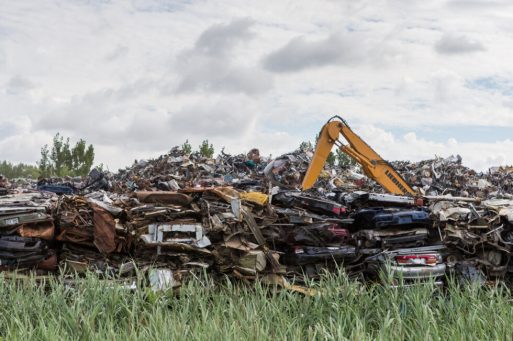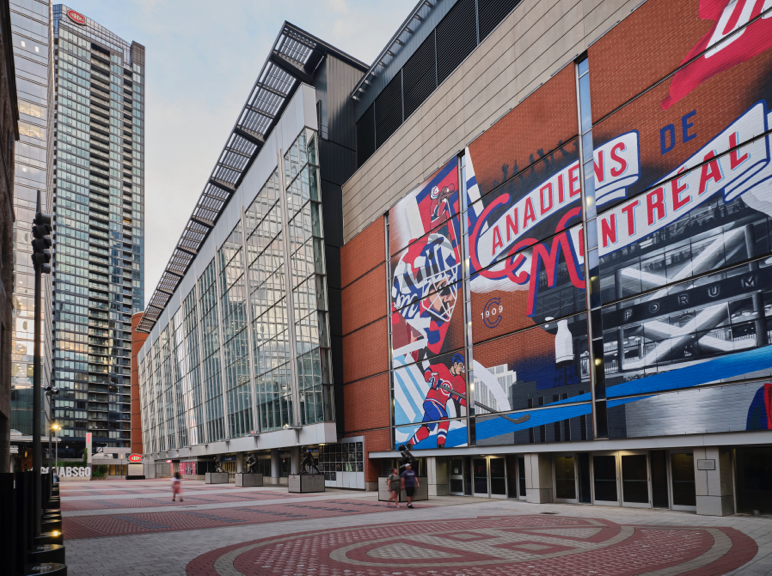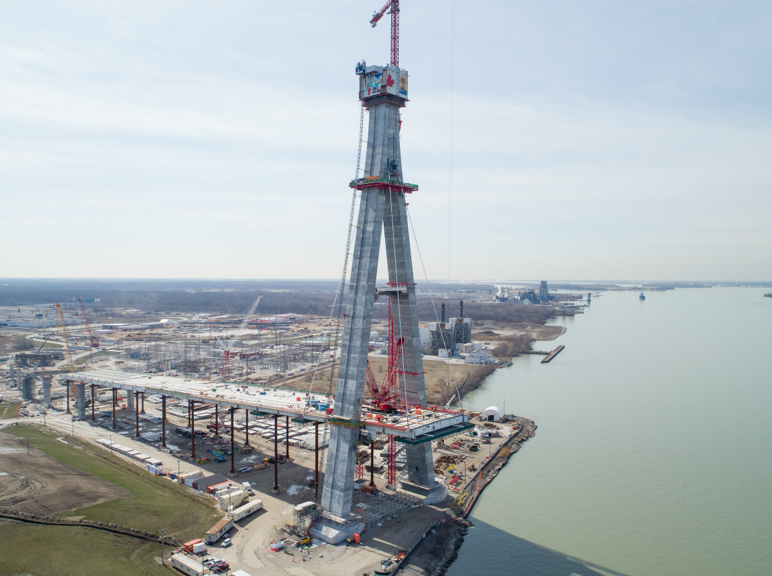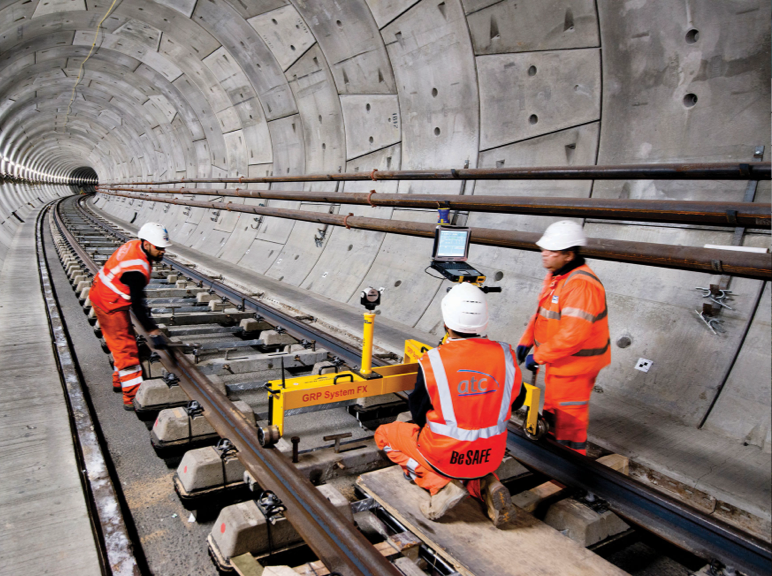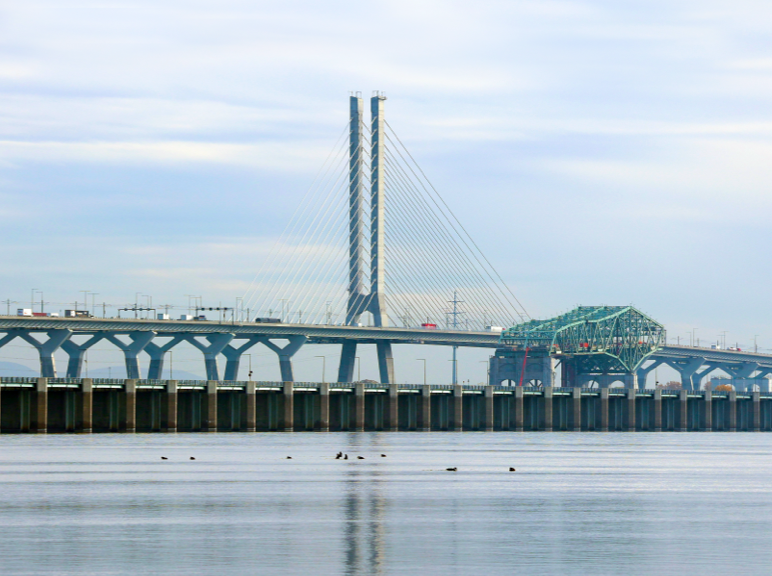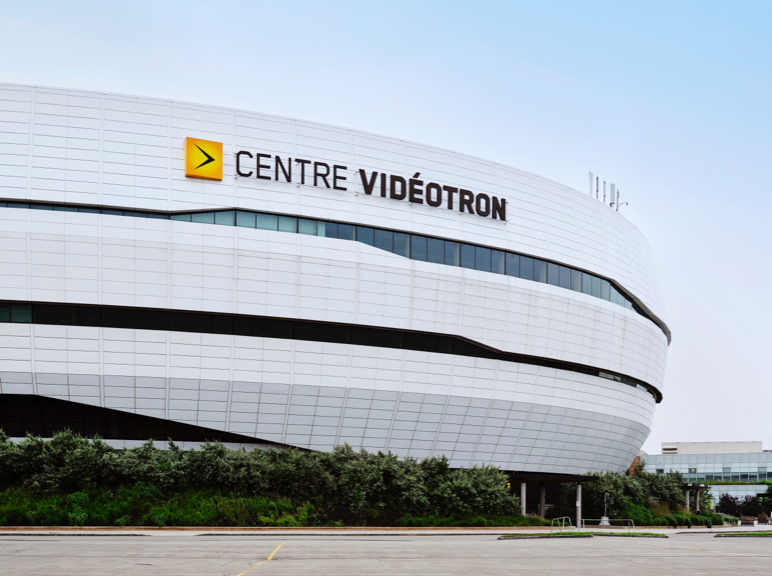Whether it is rebar supporting the structure of the Champlain Bridge in Montreal or the Confederation Bridge spanning the vast expanse of the Atlantic Ocean between New Brunswick and Prince Edwards Island, the foundation of the Bell and Videotron Centres, as well as the infrastructure of countless hospitals, military bases, and highways, ArcelorMittal Long Products truly binds together the fabric and the infrastructure of Canada.
Our products weave through the foundation of projects, small and large, integral to the structures they support and the people who use them.

